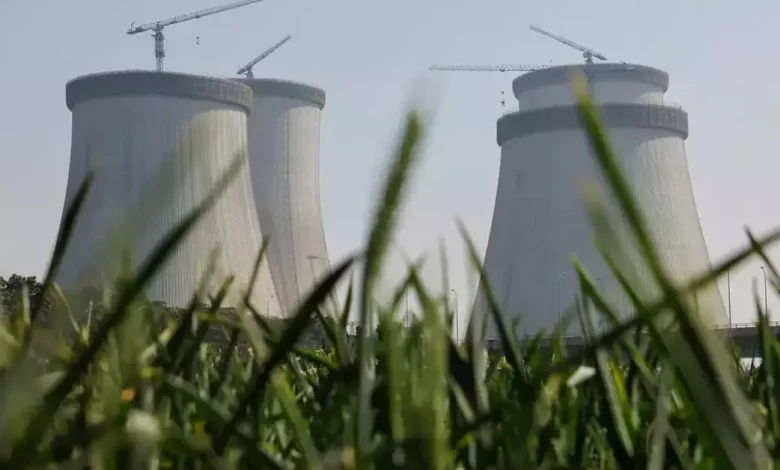Daily Current Affairs for UPSC
India-U.S. nuclear cooperation
Syllabus- International Relations(GS Paper-2)

Context- The U.S. Assistant Secretary of State for Energy Resources recently stated, India-U.S. nuclear cooperation envisaged under the nuclear deal is “an important piece of unfinished business”.
Key Highlights
- Speaking on clean power and weather alternate, he stressed on getting away from Chinese domination of clean generation supply chains.
- He also emphasises the use of India’s capacities in manufacturing and labour costs to accumulate a real alternative supply chain.
India-U.S. Nuclear cooperation
History and Milestones
- 1974: India conducts its first nuclear check, leading to the U.S. Sanctions and confined cooperation.
- 2005: The landmark U.S.-India Civil Nuclear Agreement is signed, paving the way for civil nuclear trade and cooperation.
- 2008: The U.S. Congress approves the settlement, allowing nuclear gasoline and generation transfers to India.
- 2010: The first U.S.-built nuclear strength plant in India starts off construction in Kudankulam.
- 2015: The Westinghouse Electric Company signs and signs a settlement to construct six nuclear reactors in India in Kovvada, Andhra Pradesh.
The U.S.-India Civil Nuclear Agreement
- The U.S.-India Civil Nuclear Agreement, additionally known as the 123 Agreement, is a landmark settlement signed in 2005 that marked a considerable shift within the nuclear relationship among the two nations.
Key Provisions
- Separation of Programs: India agreed to separate its civilian and navy nuclear facilities, setting civilian centers beneath International Atomic Energy Agency (IAEA) safeguards.
- Nuclear Trade: The settlement allowed the U.S. to supply nuclear fuel and technology to India for its civilian nuclear software.
- Non-proliferation Commitments: India reaffirmed its commitment to non-proliferation and agreed to additional safeguards towards moving sensitive nuclear technology or substances.
Expected benefits for India
- Energy Security: Reduced dependence on fossil fuels for electricity generation, that’s vital for a developing economy. Cleaner energy supply with lower greenhouse gas emissions.
- Economic Growth: Creation of jobs inside the nuclear power sector, capacity for attracting investments and generation transfers.
- Strategic Partnership: Stronger relationship with the U.S., with implications for regional security and global non-proliferation efforts.
- Access to Advanced Technology: Acquisition of modern-day nuclear reactors and fuel, promoting technological improvements and advanced safety standards.
- Environmental protection: Reduced reliance on coal-fired energy vegetation, contributing to lower air pollutants and greenhouse gas emissions.
- Regional balance: Cooperation on nuclear energy could foster trust and collaboration among India and neighboring nations.
- Global management: Demonstrating accountable nuclear cooperation should set a high-quality instance for other countries.
Current Status
- Even after 8 years of saying that the nuclear deal was finished in 2015, there is still no techno-commercial offer.
- The progress has been slower than initially expected because of numerous Challenges.
- Domestic challenges in India: Complex regulatory procedures, limited infrastructure, and liability issues.
- Geopolitical concerns: Evolving global nuclear landscape and concerns about technology transfer.
- U.S. Domestic politics: Concerns approximately non-proliferation and Congressional approval procedures.
Measures/Suggestions
- India and the U.S. needs to make fresh efforts for sensible cooperation in the civil nuclear energy sector.
- Also, India desires to revise laws to allow non-public corporations to take part within the civil nuclear quarter.
- Further, there is a “shared interest” to move forward, each on the huge conventional reactors which had been foreseen as part of the nuclear deal and additionally on Small and Modular Reactor (SMR) generation.
Way Ahead
- Despite the challenges, both nations stay committed to the settlement and keep to paintings in the direction of increasing cooperation.
- The achievement of the agreement will depend on addressing remarkable challenges and constructing mutual trust to unlock its full potential.
Source: The Hindu





.png)



